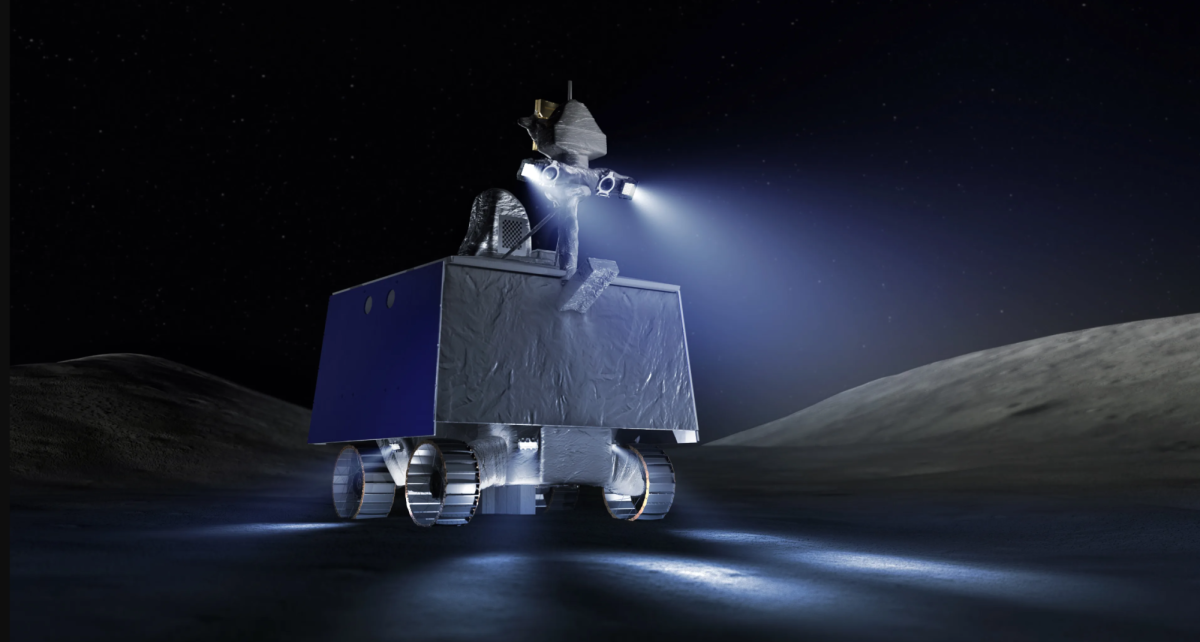NASA’s recent moon rover VIPER recently had its final instruments installed, bringing the rover into the final stages of preparations before its mission date in late 2024. The VIPER rover will be part of the Artimis mission for surveying the distribution and origin of frozen water on the moon. The term VIPER stands for the Volatiles Investigating Polar Expedition Rover. The rover will be used to create a resource map of the moon’s surface allowing the first steps in creating a long-term presence on the moon.
The rover is equipped with four main instruments to perform its mission. The most recent instrument installed is The Regolith Ice Drill for Exploring New Terrain, or TRIDENT for short. The other instruments of importance are the Mass Spectrometer Observing Lunar Operations (MSOLO), Near-Infrared Volatiles Spectrometer System (NIRVSS) and Neutron Spectrometer System (NSS).
The NSS will be used to scout the area near the landing site for prime locations for drilling. TRIDENT measures out to one meter (3.28 ft) long and is specifically a rotary percussive drill, meaning it will spin and cut to break the surface.
The hammering motion will be used to break up the samples so it may be collected for analysis. The NIRVSS will be used to detect the mineral composition of the collected material and see if the hydrogen in the material belongs to water molecules.
The VIPER rover will be sent to the moon using a SpaceX Falcon Heavy rocket. Depending on how well the mission proceeds and how groundbreaking the findings from the rover are, the future of the Artemis missions could be one of the most influential and prosperous moon missions since the first moon landing.
NASA VIPER Moon Rover
0




